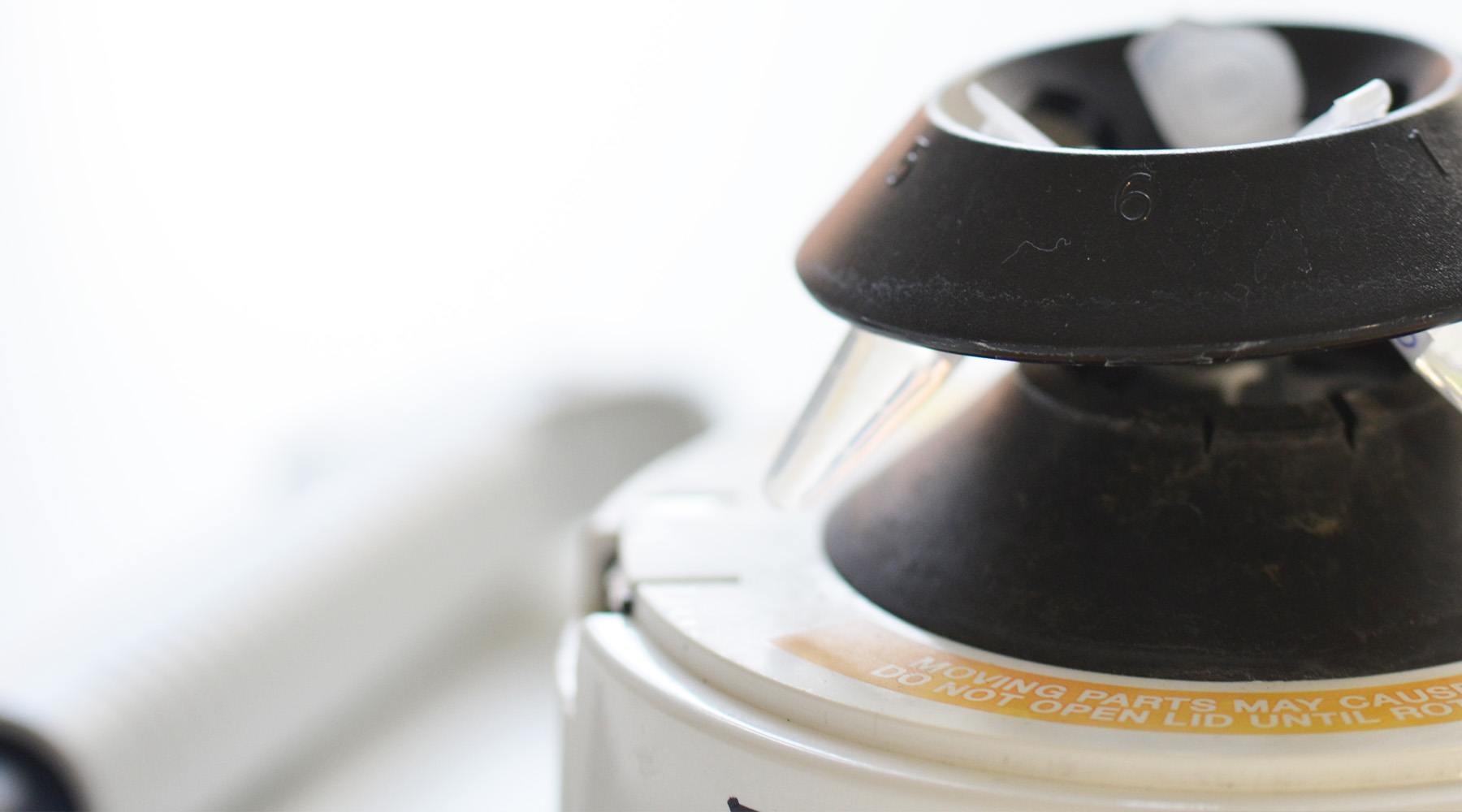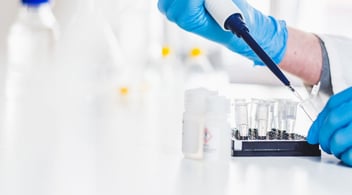Lentiviral transduction is the method of choice when generating stable cell lines from both dividing and non-dividing cells, as viral vectors are effective vehicles for integrating DNA into the host genome.
One of the most critical factors for successful lentiviral transduction is the viral titer. However, it is also important to consider other factors that can also influence your transduction efficiency, such as the viability of target cells and the quality of transfer vector DNA.
Below we list some of the common problems you may encounter, their cause, and how to solve them.

Problem: Low Transduction Efficiency
Possible Cause: Target cell line is difficult to transduce
Solution: Use a chemical transduction enhancer which neutralizes charge repulsions between virus and cells.
Possible Cause: Cells are of poor quality
Solution: Optimize the growth conditions. Check growth medium, mycoplasma contaminations and the cell density (cells should have about 50-80% confluency at transfection stage).
Possible Cause: Viral titer is not infectious titer
Solution: Measuring the titer using RT-PCR tends to lead to overestimation because of non-effective particles.
Check the infectious titer by transducing cells with serial dilutions of your protein expressing lentiviral vector.
Possible Cause: Volume of infecting supernatant is too high
Solution: Concentrate your virus by using ultracentrifugation to achieve absorption of viral particles to the cells.
Possible Cause: Multiplicity of infection (MOI) is too low
Solution: Increase the amount of lentivirus.
Possible Cause: Truncated viral RNA transcript
Solution: The 3’-LTRs itself acts as a polyA signal, any foreign polyadenylation between the LTR elements can reduce the amount of transductionally active genomic RNA and decrease the viral titer.
Possible Cause: Low DNA quality
Solution: Ensure that your transfer vector DNA is of “transfection-grade”. Use either Plasmid Purification Kits or phenol/chloroform extraction followed by a cesium chloride (CsCl) gradient.
Possible Cause: Cells are sensitive to transduction enhancer.
Solution: Use another transduction enhancer.
Possible Cause: Cells are sensitive to lentiviral treatment.
Solution: Use a lower amount of lentivirus and change the growth media 4 hours after transduction.
Possible Cause: No expression of the expression construct.
Solution: The maximal expression is expected 72 hours after infection. Some cell lines show delayed expression. Measure again after 96 hours.
Planning to repeat this experiment? Consider these tips!
- Use healthy cells that are well maintained, passaged regularly, and free of contaminations,
- Use high quality lentiviral expression constructs,
- Make sure you have a high titer (>10^8 IFU/ml),
- Always use a positive control.




